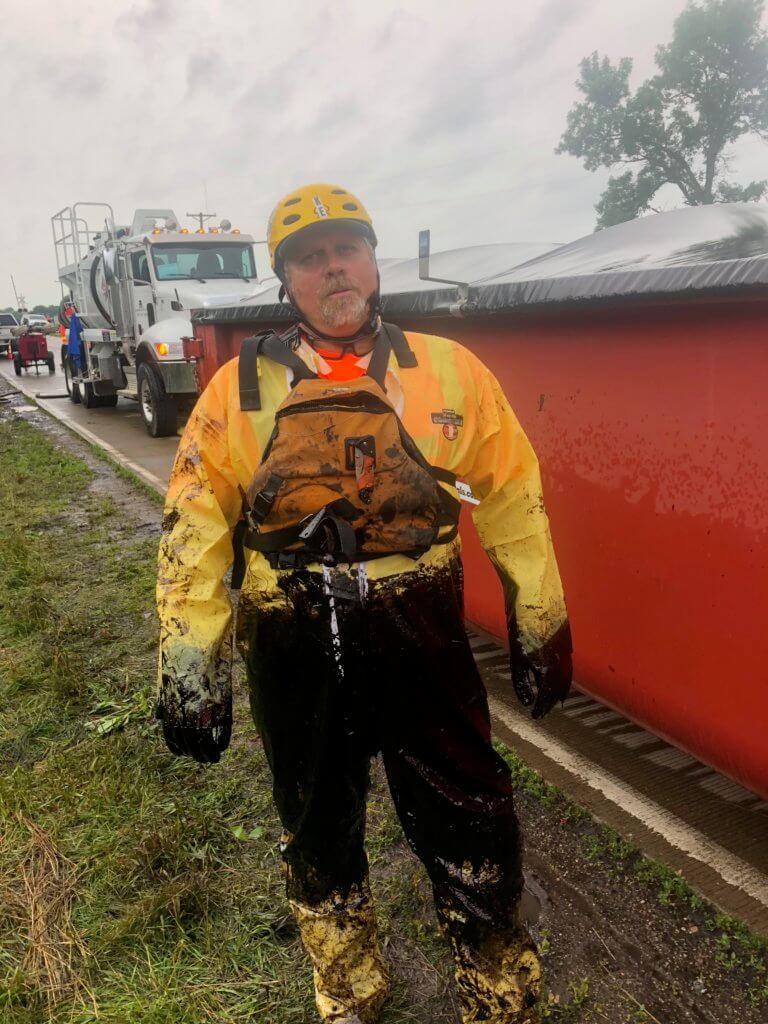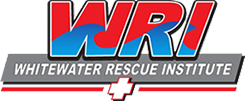Fastwater Spill Response
Inland Oil Spill Response Notes
Personnel Decontamination
Inland Oil Spill Response responders must be proactive and assertive about decon. This is one area of response that is often overlooked or incomplete in the early phases of a spill. Establish work zones and clearly communicate them to all responders. Create a site map, with enough detail included to adequately identify the zones in relation to other site features. Work zones are usually defined as Exclusion, Contamination Reduction or Support ( or Hot, Warm & Cold) Zones.

All responders wearing Modified Level D or Level C protective equipment in the Exclusion or Hot Zone must undergo decontamination prior to entering the Support or Cold Zone . The personnel decontamination area should consist of the following stations at a minimum:
• Station 1: Personnel leaving the contaminated zone will remove gross contamination from their outer clothing and boots.
• Station 2: Personnel will remove their outer garment and gloves and dispose of them in properly labeled containers. Personnel will then decontaminate their hard hats and boots with an aqueous solution of detergent or other appropriate cleaning solution, and will carry these items to the next station.
• Station 3: Personnel will thoroughly wash their hands and face before leaving the CRZ. Respirators will be sanitized and placed in a clean plastic bag.
PPE Decontamination
Where and whenever possible, single-use, external protective clothing must be used for work within the EZ or CRZ. This protective clothing must be disposed of in properly labeled containers. Rinse reusable protective clothing at the site with detergent and water. Collect the rinsate for disposal.
Equipment Decontamination
All vehicles that have entered the EZ will be decontaminated at the decontamination pad prior to leaving the zone. If the level of vehicle contamination is low, decontamination may be limited to rinsing tires and wheel wells with water. If the vehicle is significantly contaminated, steam cleaning or pressure washing of vehicles and equipment may be required.
“Whether you are a river-rookie or an experienced boater, WRI tailors their classes to what you need to learn in a fun and challenging environment. Their scenario based teaching approach creates an electric learning atmosphere where you feel like you are in actual river rescue situations. I would recommend them to anybody!”
